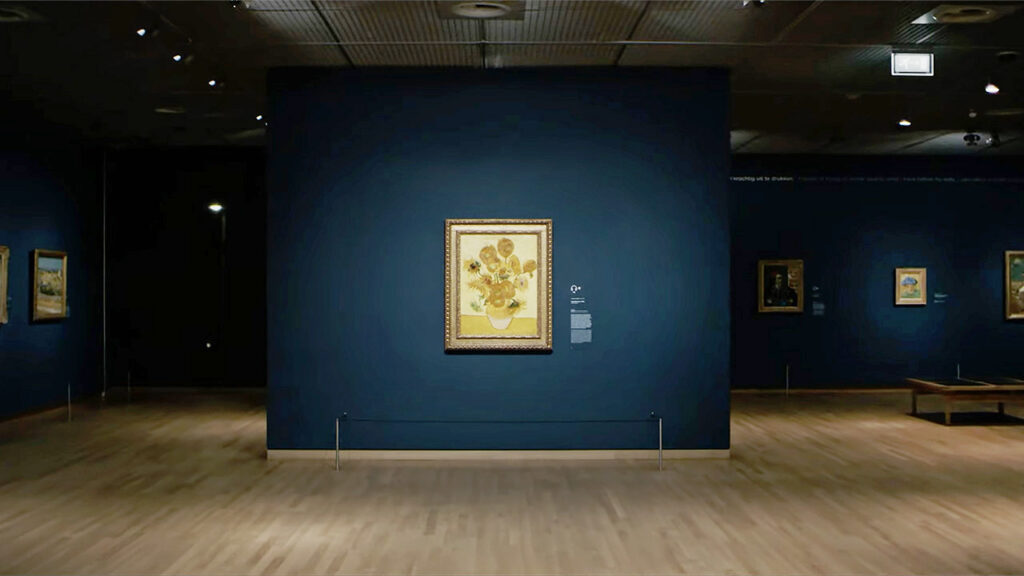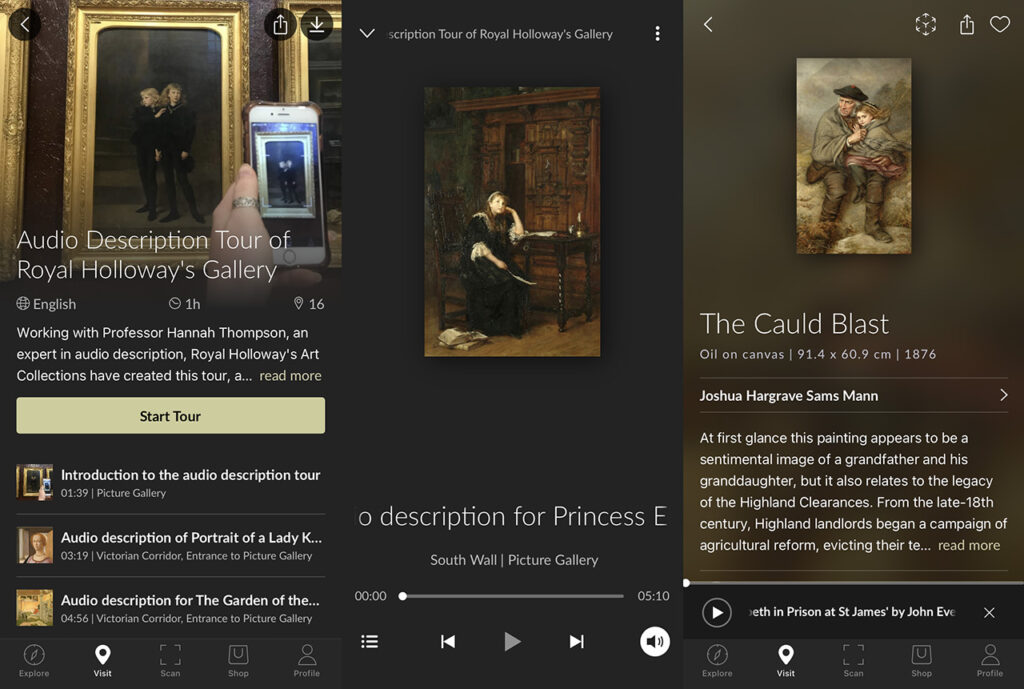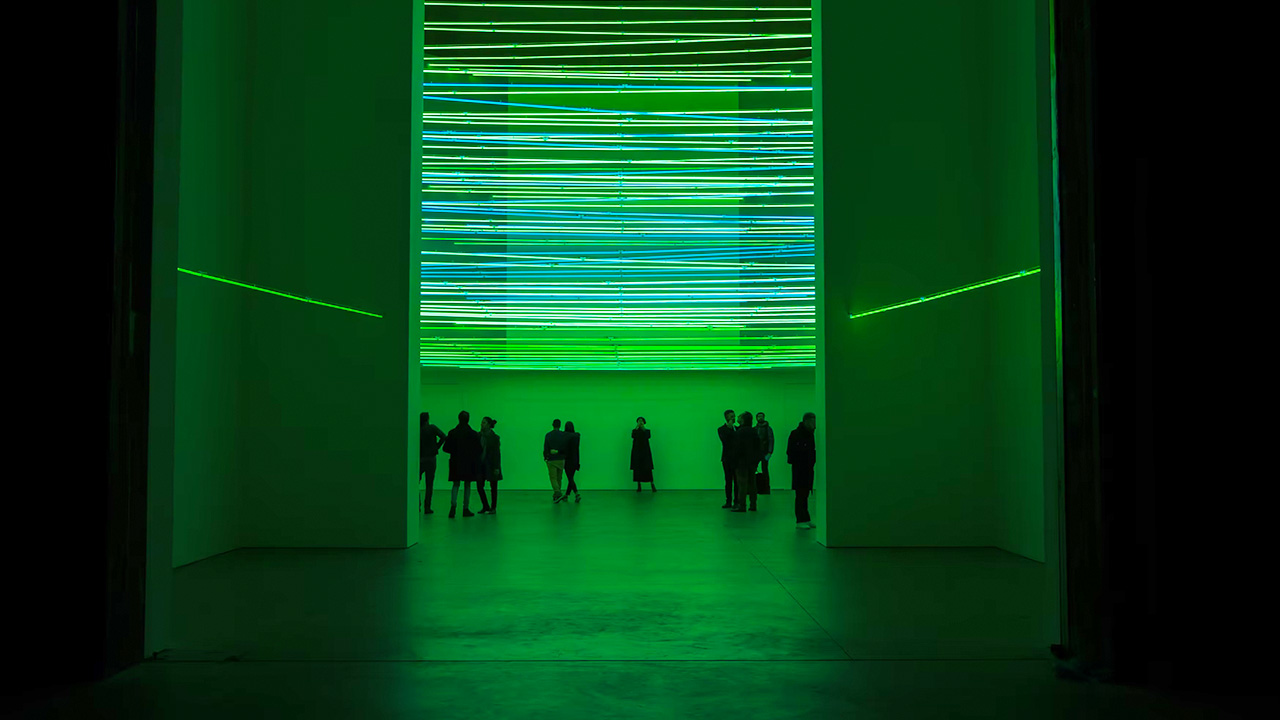Following a year of pandemic-accelerated innovation, 2021 saw the arts and culture sectors reorient themselves around the digital sphere. The need to continually engage their newfound audiences has compelled institutions to boost their virtual offerings, consider new mediums such as NFTs, and retool their approaches to inclusivity and accessibility.
As part of our year-end coverage, Jing Culture & Commerce hosted “The Year in Digital Innovations: From NFTs to Creative Tech” on December 15. The webinar offered a review of the past year’s key culture-tech activations and talking points, with insights from our panelists, Bernadine Bröcker Wieder, CEO of Vastari, Brendan Ciecko, Founder and CEO of Cuseum, and Anna Lowe, Co-Founder and Director of Partnerships at Smartify.
Here are three takeaways from the virtual event, highlighting 2021’s key developments and recommendations for 2022.
Cultivating digital sustainability

Key to digital sustainability is a reconsideration of content creation and delivery that meets the demands of new digital audiences. Image: Van Gogh Museum’s 4K Virtual Tour on YouTube
With digital now a key component of most museums’ programming — according to Ciecko, “more than 94 percent of museums produce virtual content of some kind, and about 75 percent of those museums charge for that content” — cultural institutions are now assessing how they should sustain their online presence to meet the demands of post-lockdown audiences.
For Wieder, content showcasing expertise remains a major draw for digital visitors, but mundane Zoom meetings with experts can no longer suffice. “There are new modes of communicating material with more diverse audiences rather than just physically viewing physical items,” she said.
Besides the need to reconsider traditional content delivery systems, she also points to the potential for partnerships to aid in museums’ digital sustainability: “Partnerships between cultural institutions and other organizations will be able to unlock digital experiences that would not have been possible to produce in house alone.”
Driving NFT engagement

Detail from “The Ancient of Days” NFT, launched by the Whitworth Gallery and Vastari Labs. Image: Vastari Labs
With regards to audience engagement, Lowe pointed to emerging mediums like NFTs as a way for cultural institutions to reach young audiences in the upcoming year: “It can be easy to dismiss buzzwords like ‘metaverse’ and ‘hybridity,’ but we need to seriously consider investing in these worlds if we want to include future audiences.”
While some museums have engaged with NFTs by producing educational programs, acquiring digital work, and releasing NFTs for sale, Ciecko noted that there are many other untapped opportunities for museum to participate in the crypto art space through collecting and exhibiting. “There is a lot of market support for where the world is going with NFTs… but there is a lot of skepticism as well,” he said. Wieder added, “I would love to see the conversation around NFTs shift from selling NFTs to showcasing the digital knowledge museums have.”
But for museums and their visitors to fully participate in the NFT space, crypto wallets need to be more widely adopted — “all of that needs to be sorted out for this to be mainstream,” noted Lowe. Similarly, a deeper understanding of NFTs needs to be reached and for that to happen, museums should continue spurring conversations around crypto art. “This is a moment to educate yourselves, your staff, and your community,” said Ciecko.
Increasing accessibility

Royal Holloway Picture Gallery’s audio tour on Smartify present san innovative take on the traditional “audio description” for partially blind visitors. Images: Smartify
With technology on their side, institutions have all the ease and opportunity when it comes to enhancing the accessibility of their digital programs. For example, Smartify, with which users can scan onsite artworks to retrieve audio guides and other information, allows them to view content in the language, font size, or other specification they desire. “The tools are there to increase accessibility,” said Lowe, who heads up Smartify, “if museums can learn to rely on the protocols set in place by larger companies and incorporate that technology.”
What’s also key to accessibility, Wieder said, is dialogue: “We have learned that it is important to engage… having a chasm between worlds will only cause more exclusion, greater divide, and less accessibility.”
And as new technologies emerge to transform the cultural landscape, Ciecko added, increasing understanding through conversation will be integral to planning for 2022. “We are preparing for another wave of disruptive technologies,” he said. “Just having a baseline dialogue and understanding is very valuable. That is an investment in the future.”



